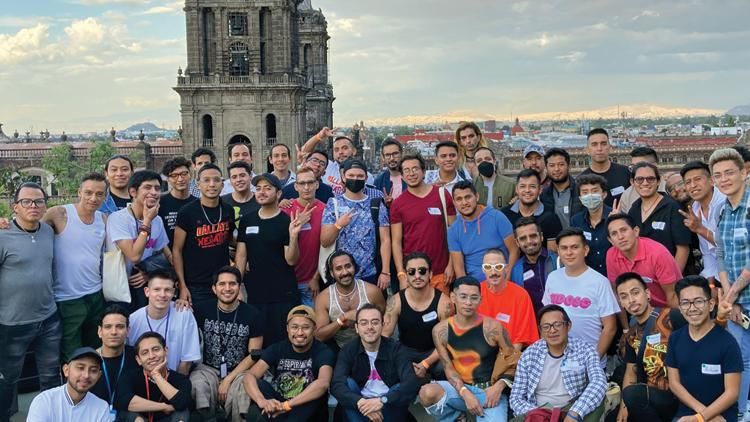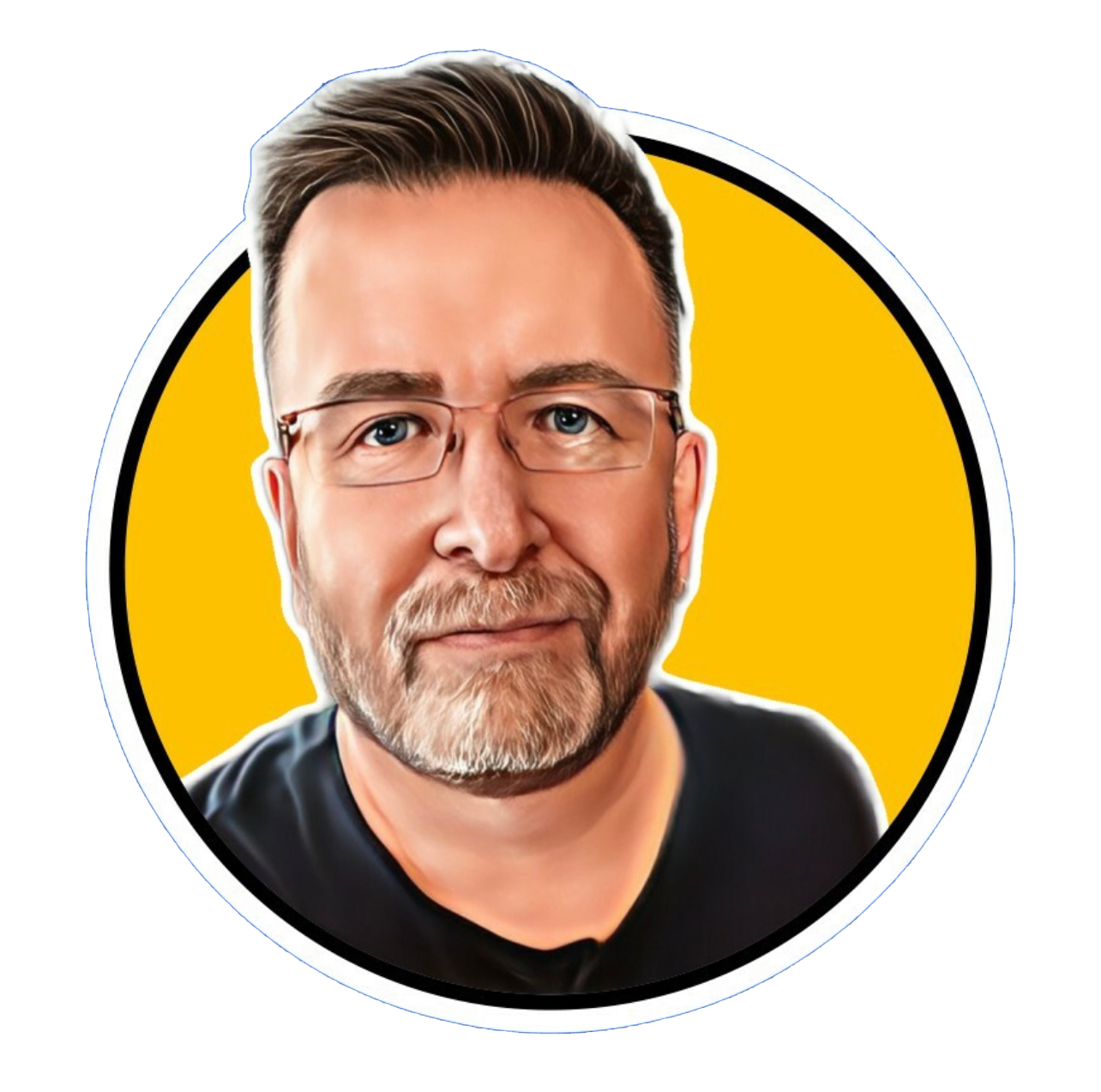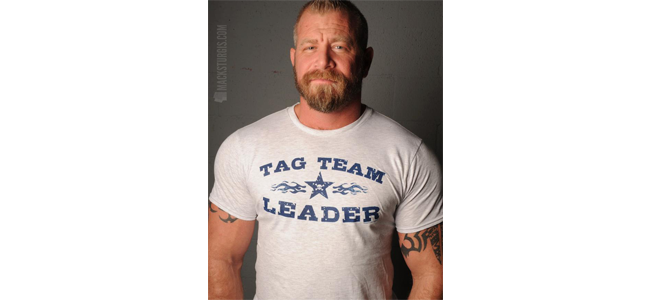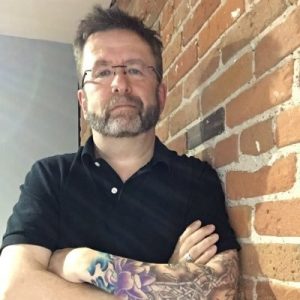The Power of an HIV-Positive Community of Men to Transform Their World
Author: Alex Garner

A strong queer HIV-postive community can transform our world. Bringing together queer people living with HIV is still a radical act. It has the power to build community, reduce stigma, and amplify the voices of people living with HIV. Our shared experiences and struggles allow us to build strong social bonds and mobilize for a better life. We must take every opportunity to build communities for queer people living with HIV, and I was lucky enough to be part of such an event in Mexico in June.
I was diagnosed with HIV at 23. It was 1996, and the epidemic was still raging. I struggled to find other young gay men living with HIV with whom to connect. Back then the community was dominated by older men who were trying to stay alive or who had survived the horror of the ’80s. They were a different generation — the AIDS generation. I was of the HIV generation and sought out other young queer poz guys who shared my experiences. I wanted to build community. I can’t overstate the value in finding community among queer people living with HIV.
That year, I attended a meeting of young HIV-positive people from across the U.S. Approximately 40 of us, which seemed like a remarkable number then, assembled in Washington, D.C. While the meeting had clear objectives, the most impactful part was the gathering of HIV-positive people in one place — a first for us. Gathering made a profound difference in allowing us to understand there were others out there.
In Mexico City on June 11, 2022, Inspira Cambio, in collaboration with MPact, created a first-of-its-kind convening of queer men living with HIV. It was called “Sidosidades Maricas.” “Marica” translates to “fag,” and “sidoso/a” is pejorative term referring to someone living with HIV. To join these words for the meeting title was intentional and powerful. It made clear that this was an affirmative declaration of the pride and resistance of queer people living with HIV.
The word “sidoso” is politically charged. It’s an epithet hurled at HIV-positive people to shame us. But the word can be reclaimed by people living with HIV as an act of defiance. We saw it happen with “queer” in the ’90s, and now it’s a benign part of the title of a Netflix series (Queer Eye). Telegraphing “sidoso” to the public shows stigma won’t prevent us from uniting; we are willing to accept the risks that come from building community in places that have seen an increase in anti-HIV and anti-LGBTQ+ violence.
Cultivating an HIV community can be perilous, but the value in community outweighs all of that. And convening in Mexico City was more than a political act. It was a demonstration of what’s possible when community works toward a common goal. This was no support group. It was about laying the groundwork to strengthen the community for those who could benefit from it now and later.
This was also a celebration of who we are. It was an opportunity to commemorate the work of those who have come before and the fierce tenacity of those who are willing to stand and create a better life for others living with HIV. It brought out a variety of collective emotions, from rage to frustration to determination. But it brought forth great joy too. Being with other queer HIV-positive people is a liberating experience that allows a release of anxiety around status. The LGBTQ+ and HIV worlds often only engage people living with HIV when it comes to matters of pill adherence, doctor visits, and being undectable. We are much more, and engaging with each other in complex, nuanced ways has tremendous value.
“I met, learned, reflected, shared, toasted, laughed, danced, and dreamed of better futures with these other people living with HIV, and we sidosos dared to think tender, diverse, powerful, transformative and beautiful things,” Inspira Cambia’s Axel Bautista said.
This convening of queer people living with HIV ended at a local gay club. Activist work was set aside so people could just be with this new-found community — the group’s joy on brilliant display. People made meaningful connections while celebrating one another. In that suspended moment, it was as if HIV had been vanquished — not by science or a government but by the very people who experienced the absolute worst of the HIV epidemic.
This story is part of The Advocate’s 2022 History issue, which is out on newsstands August 30. To get your own copy directly, support queer media and subscribe — or download yours for Amazon, Kindle, Nook, or Apple News.
Original Article on The Advocate
Author: Alex Garner





